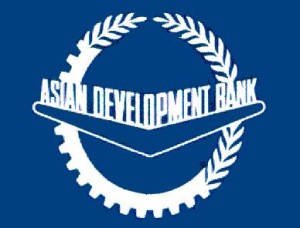
The following, we think, are the highlights of 2011:
1. The lingering eurozone debt crisis, which hit Asia’s economies, specifically those relying on export revenues.
https://business.inquirer.net/30341/eurozone-crisis-likely-to-hit-asia-growth%E2%80%94adb
2. The Philippine economy dampened by several factors, both external and local, including weak public spending, slowed down construction industry, and sluggish exports. The latest World Bank forecast further revised the country’s GDP growth in 2011 down to 4.2 percent from its earlier forecasts of 4.5 percent and 5 percent.
https://business.inquirer.net/36231/world-bank-cuts-philippine-growth-forecast-anew
3. The DBP “shakedown,” which led to the suicide of one of the bank’s lawyers and the probe of businessman Roberto Ongpin on alleged past behest loan.
https://newsinfo.inquirer.net/37427/suicide-notes-paper-trail-to-dbp-intrigues
https://newsinfo.inquirer.net/36991/graft-raps-filed-vs-ongpin-25-ex-dbp-execs
https://newsinfo.inquirer.net/93619/roberto-ongpin-faces-senate-probe-on-dbp-loans
4. The delayed take-off of the Aquino administration’s much-ballyhooed public-private partnership program, whose first project was awarded after one and a half years of President Aquino’s term.
https://business.inquirer.net/35169/ayala-bags-daang-hari-toll-road-project
5. The continued growth of remittances despite the weak economies of countries hosting the biggest numbers of Filipino workers. Remittances increased by 7 percent during the first 10 months to $16.53 billion from $15.46 billion in 2010.
https://business.inquirer.net/35227/ofw-remittances-hit-record-1-78b-in-oct
6. The continued surge and expansion of the business process outsourcing sector, which is driving demand for office space. The BPO is seen to grow from a $10-billion industry to one earning $25 billion in the next five years.
https://business.inquirer.net/29427/robust-demand-for-bpo-services-seen
7. The government’s drastic cut-down of the national budget deficit, although at the expense of a faster economic growth. The deficit for the first 11 months was just P96.25 billion, barely a third of the set P300 billion target.
https://business.inquirer.net/36369/gov%E2%80%99t-budget-deficit-hits-only-p96-25b
8. The decisive move by the Philippine Stock Exchange leadership, despite some opposition, to open the PSE to cross-border trading with other regional markets, by extending trading hours to 3:30 p.m. starting January 2 next year. The trading extension will hopefully attract more investors.
https://business.inquirer.net/35891/pse-set-to-extend-trade-hours
9. The healthy state, despite the global downturn, of banks, which maintained adequate capitalization that gives them the ability to absorb losses from the risks brought by the eurozone debt crisis’ adverse impact on exporters.
https://business.inquirer.net/33951/philippine-banks-to-stay-healthy-in-2012
10. The acquisition by PLDT of the country’s third-biggest telco, Digitel, which fanned fears of a comeback of monopoly in the telecommunications industry.
https://business.inquirer.net/27081/pldt-digitel-merger-gets-ntc-nod
For the Top Business stories of 2011 go to https://www.inquirer.net/top-10-editors-picks-for-2011?channel=business

